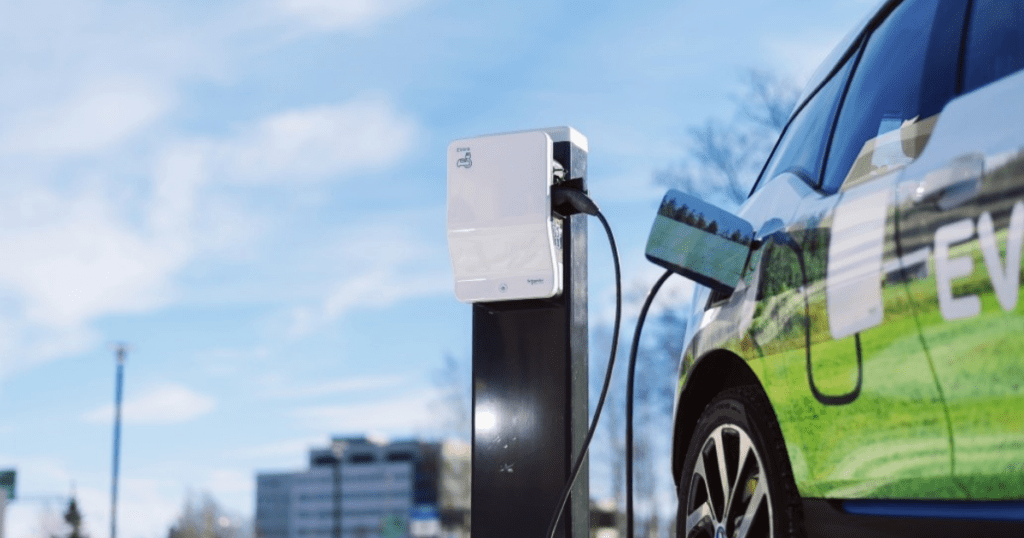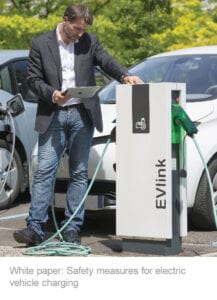Many governments and corporations are supporting clean energy solutions and are participating to the worldwide move to limit global warming to 1.5°C above pre-industrial level, target agreed in Paris by ~200 countries during the COP 21. This is truly pulling the growth of the electric mobility and of the electric vehicle market. In 2030, 30% of the vehicles are expected to be electric according to BNEF Bloomberg. The EV market is now really taking off, automakers are also providing a widest span of electric models to EV drivers within a growing autonomy trend. To accompany this worldwide move, many public and private initiatives are also taken to multiply and expanding the charging network.
Charging an electric vehicle means connection to a powerful electricity supply, which it implies some benefits but also some risks. If electrical installations are not properly designed, constructed, or treated with caution, it can pose risks to people and properties. This is particularly true for new loads and new technology as EV charging equipment, that may be subject to intensive plugging and unplugging by often non-technical users, in an outdoor environment, with the presence of rain, snow or ice, meaning an increased chance of electric shock, short-circuits or overheating, greater than indoors.

The installation standard IEC 60364 part 722 defines the safety measures to charge an electric vehicle namely: protection against electric shocks, overcurrents, and overvoltages. This is provided by properly selecting and installing circuit-breakers, residual current devices (RCD) and surge protective devices in the switchboard of the EVSE (electric vehicle supply equipment). Particular attention must be taken for the residual current for an optimal protection: the selection of a Type B RCD is strongly recommended, for it ensures protection against electric shocks for EV charging, and is fully compliant to IEC 62423.

Some EVSE on the market claim for “built-in Type B RCD”, “embedded Type A RCD”, or designed according to IEC 62955 and IEC 61009 for RCD protection. This is not totally accurate and may be misleading for installers, specifiers and owners – not only on the safety compliance of those EVSE, but more importantly on the effective safety of the EVSE. How safe are those solutions? How to select an EV charger compliant with safety standards and regulations?
 To check that the essential safety requirements are fulfilled, you can use a simple checklist table included on this whitepaper below: Safety measures for electric vehicle charging. This is critical to avoid any risks that the user might be exposed and to keep everyone safe when it comes to manipulate electrical equipment.
To check that the essential safety requirements are fulfilled, you can use a simple checklist table included on this whitepaper below: Safety measures for electric vehicle charging. This is critical to avoid any risks that the user might be exposed and to keep everyone safe when it comes to manipulate electrical equipment.
Learn more about Schneider Electric EV solutions.
Know more about IEC standards for electric vehicles.
Get to know Caroline Gattino, Head of Sales for eMobility in France.

